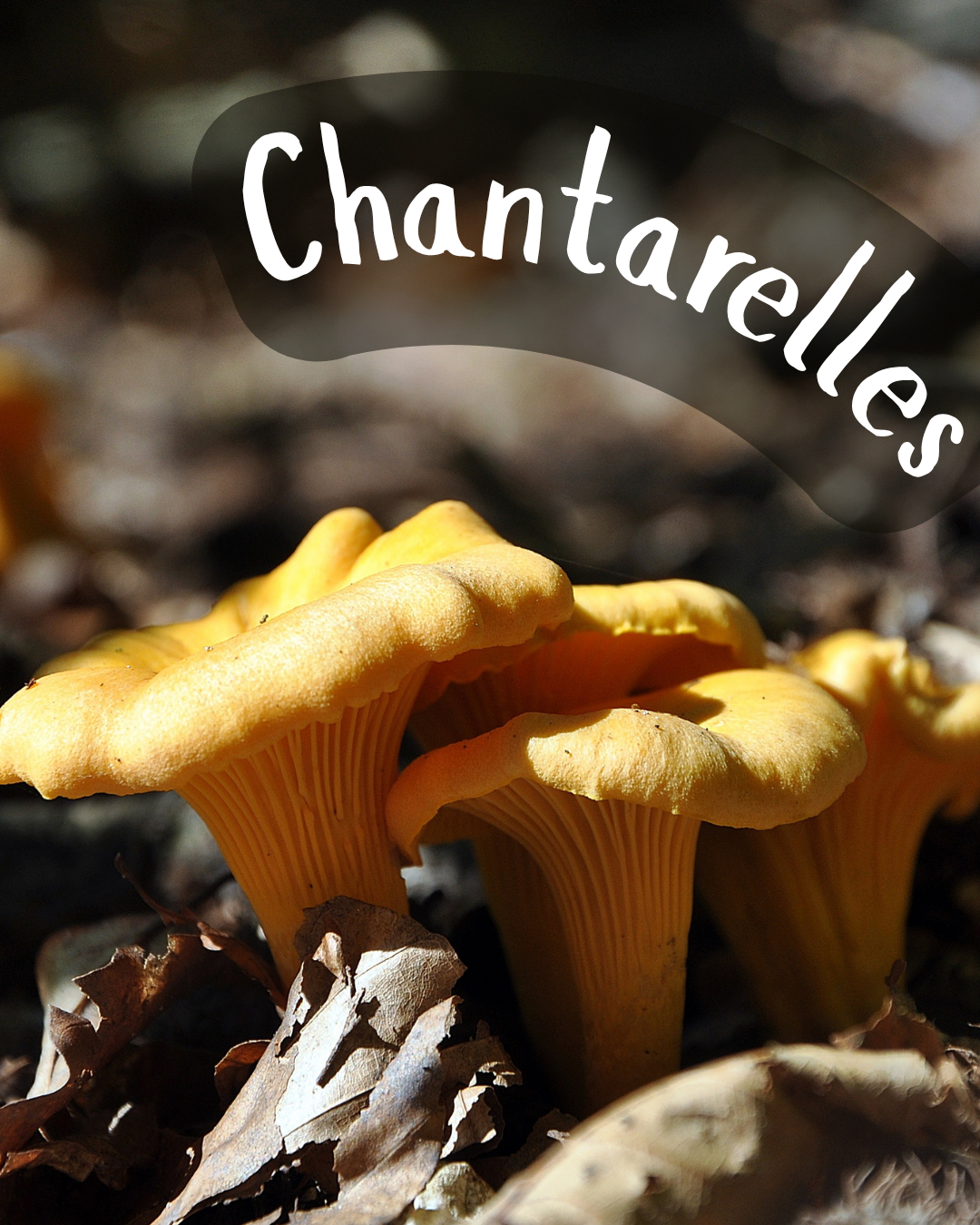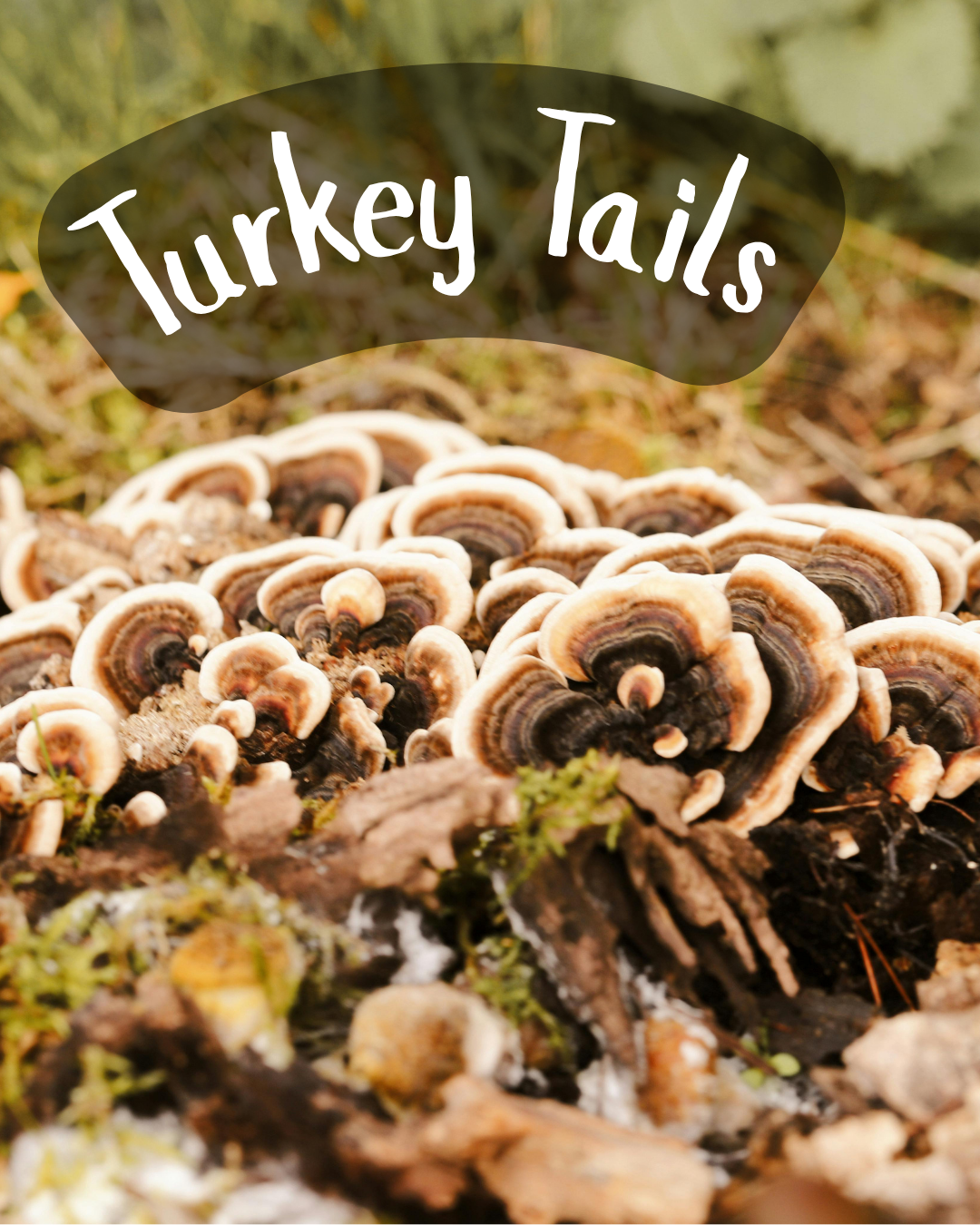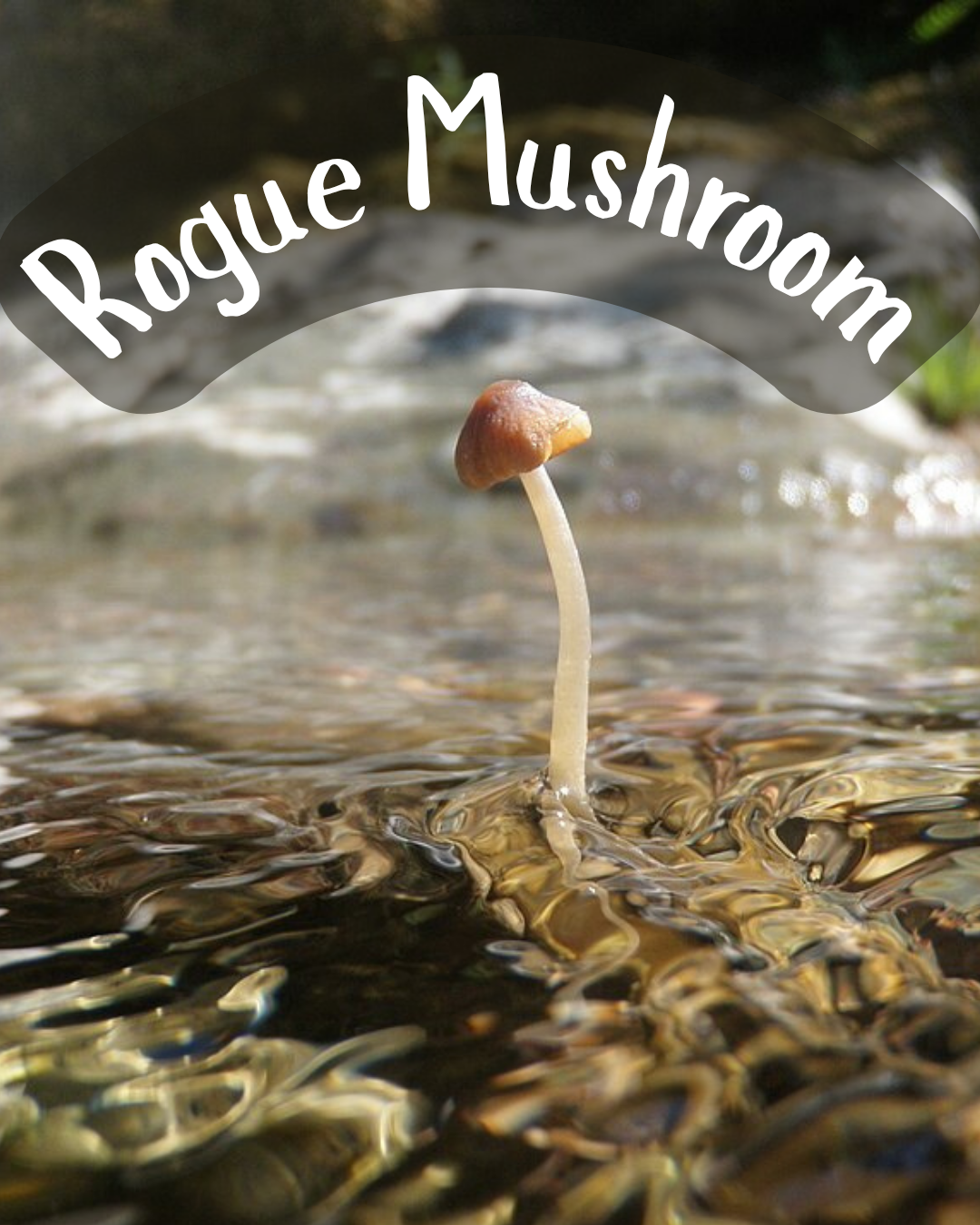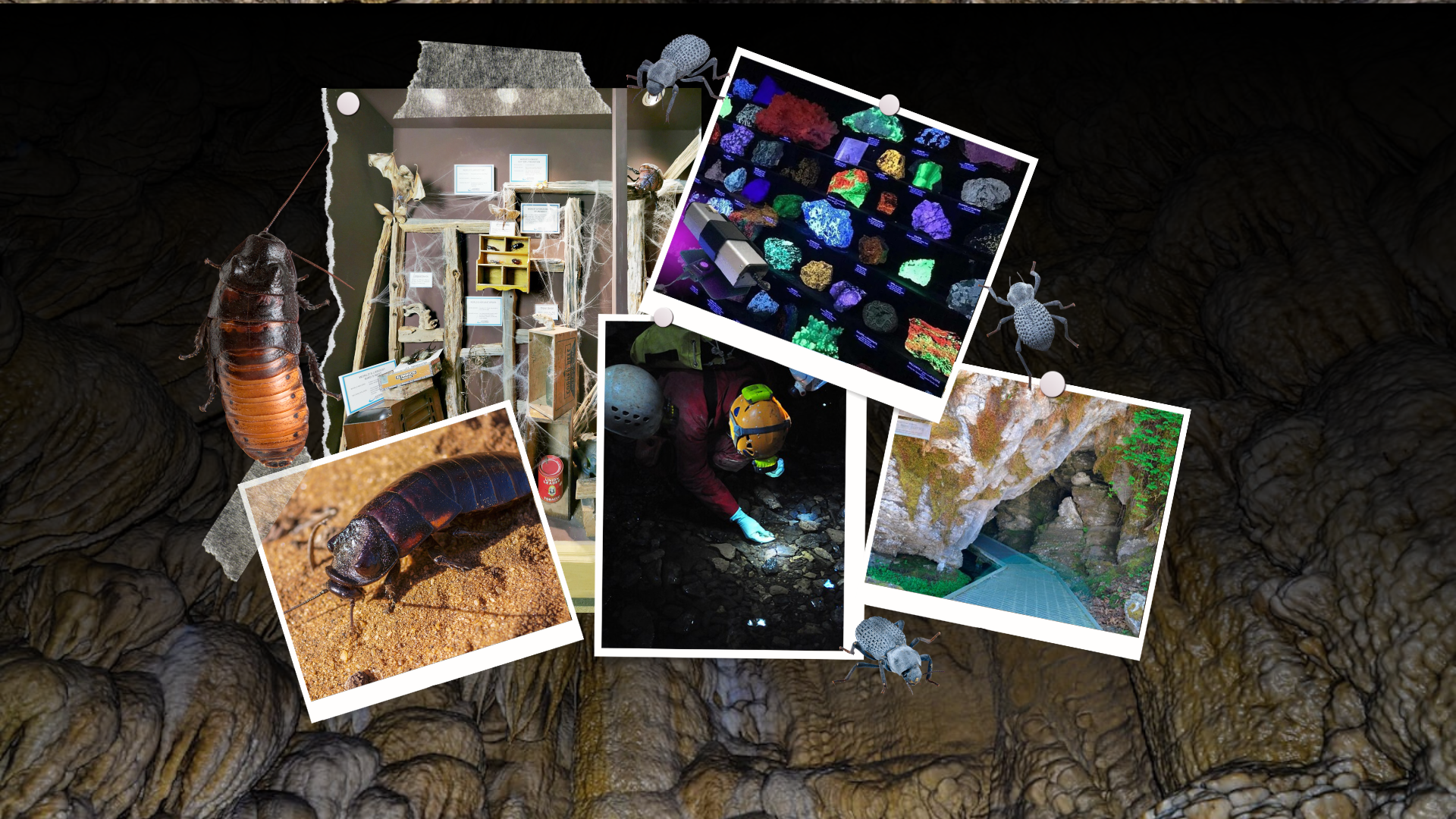Mushroom Season Magic
Mushroom Season Magic
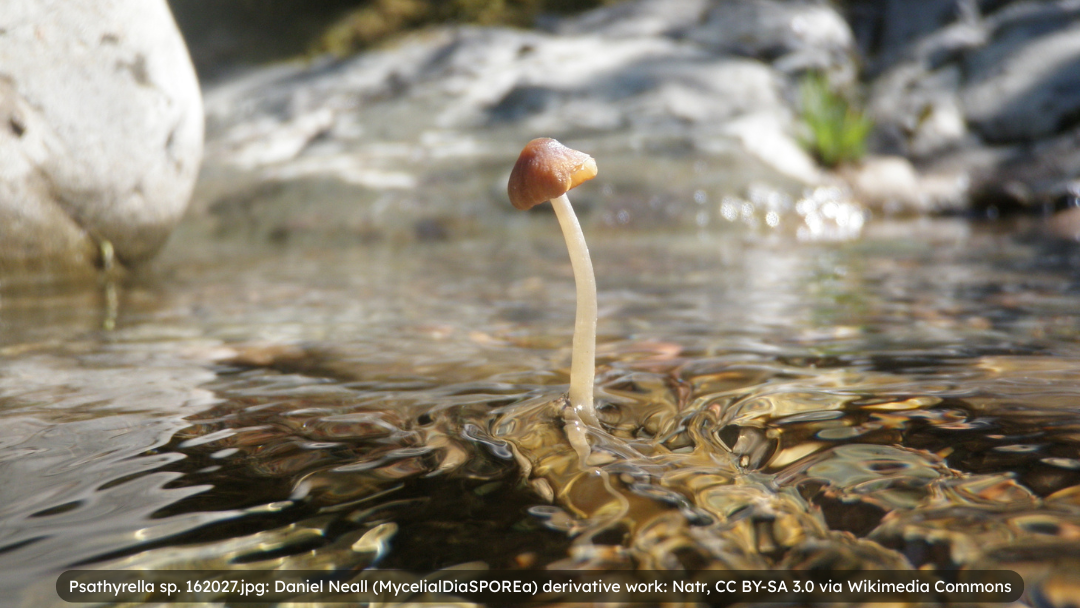
Why do Mushrooms Love the Fall?
Autumn is mushroom season in The Rogue Valley, and the forests around us are bursting with fungal activity. But what is really going on beneath our boots?
When the rains return to the Rogue Valley, something magical starts to happen on the forest floor. Seemingly overnight, mushrooms push up through soil, bark, and moss in a dazzling array of shapes and colors. What we see on the surface is only part of a vast underground network called mycelium. This hidden web lives year-round in soil and decaying plant matter, breaking down dead wood, leaves, and other organic material. When the weather cools and the fall rains arrive, the combination of moisture and mild temperatures creates perfect growing conditions for fungi. Fungi absorb water quickly, and once the soil is damp enough, mycelium gets to work producing mushrooms. These fruiting bodies release spores into the air, spreading the next generation of fungi.
Nature’s Decomposers and Recyclers
Fungi play a vital role in forest health and soil carbon cycling. They are the great decomposers, transforming fallen leaves and rotting logs into nutrients that other organisms can use. Without them, forests would be buried in undecomposed plant material, and nutrients would remain locked away instead of returning to the soil. Here in the Rogue Valley, autumn sets the stage perfectly for this transformation. As the days grow shorter and the air turns crisp, oak and maple leaves carpet the forest floor. The scent of damp earth rises with the first steady rains, and that’s when the hidden fungal networks beneath our feet wake up and get to work.
Some fungi form close partnerships with trees, called mycorrhizal relationships. In this underground alliance, fungi help trees absorb water and minerals, while the trees provide sugars made through photosynthesis. These invisible exchanges are essential to the health of our forests and the balance of entire ecosystems.
Fungal Stars of The Rogue Valley
The Rogue Valley hosts a fascinating diversity of mushrooms each fall. You might spot the golden glow of chanterelles, the ringed caps of turkey tails, or the earthy scent of morels. Each has its own niche in the ecosystem, breaking down different materials or partnering with particular trees.
One especially unique local resident is the endemic Psathyrella aquatica, commonly known as the Rogue mushroom. First identified in the Rogue River in 2010, this extraordinary species is the world’s only known aquatic gilled mushroom! Scientists still study how it manages to grow and release spores in such an unusual habitat, right here in Southern Oregon.
Exploring the Magic
Next time you’re hiking after an autumn rain, take a moment to look closely at the forest floor. Notice the variety of shapes, textures, and colors. Remember that what you see is just a small part of a much larger living network beneath your feet. A network that recycles, supports, and sustains the world around us. The magic of mushroom season is really the magic of life transforming life. It is a reminder that even decay can be beautiful.
Curious to Learn More?
Check out the Oregon Mycological Society for more information, resources, and a network of fungi fans.
Important Reminder:
Mushroom identification can be tricky — some edible varieties closely resemble poisonous species. Always verify with a qualified expert before consuming any wild mushrooms.

